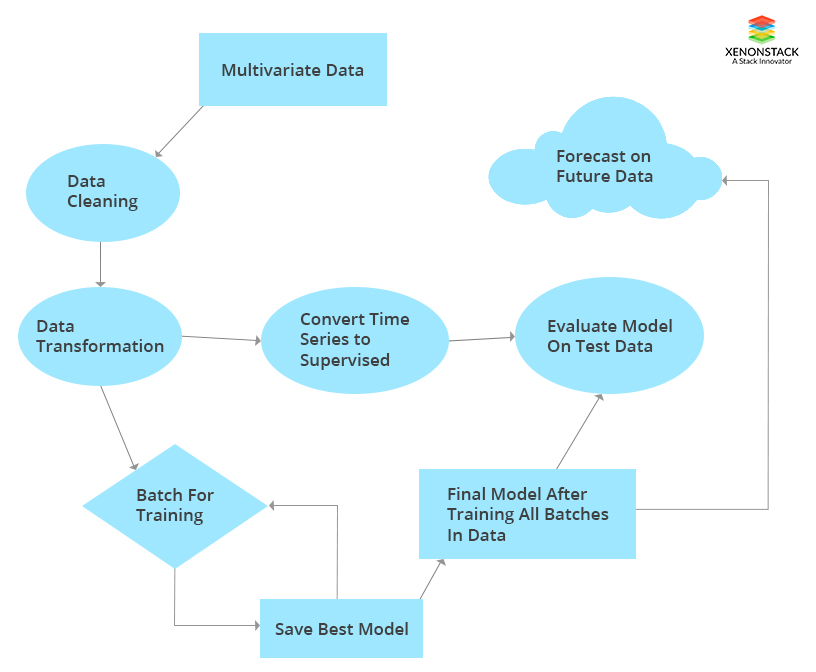
Essentially, an EML is a Single-Layer Feed-Forward Neural Network. The main aspects of these techniques is that they do not need a learning process to calculate the parameters of the models. Extreme Learning Machines are an important emergent machine learning techniques.
Time Series Hine Learning Models Series Data Can
, yN composed of N observations, where H > 1 denotes the forecasting horizon.Time series data can be phrased as supervised learning. , yN +H of a historical time series y1 . A multi-step time series forecasting task consists of predicting the next H values yN +1 . 5.I am working on the development of a time series forecasting, and I have some doubts on which model I should use to achieve better results.Three strategies can be considered, namely recursive, direct and mul- tiple output strategies. General structure of the proposed method is given in Fig. Hybrid machine learning model (HMLM) The hybrid machine learning model, which we briefly call HMLM, aims to achieve high classification success by using the features obtained from time series effectively.
...
LSTM, RNN) and traditional machine learning models ( Random Forest). Basically capturing the time series behaviour and patterns useful for the predictions.I, in contrast, am more familiar with Deep Learning models (e.g. A series with constant mean/variance, which represent basically noise). I know that the basic concept behind this model is to "filter out" the meaningful pattern from the series (trend, seasonality, etc), in order to obtain a stationary time series (e.g.
Some of these models (RNN/LSTM) take into consideration the sequentiality of the data.Classical machine learning models don't take into consideration the sequentiality of the data, but work better an smaller dataset (Random Forest).Classical statistical models are statistically robust, but they work with some kind of assumptions on the time series.With a smaller dataset, usually traditional machine learning models perform better working on the features engineering and model tuning.


 0 kommentar(er)
0 kommentar(er)
